
Perennial Freeze and Drought Resistant Plants with Seasonal Blooms for the Harris County Landscape
Which plants thrive in Gulf Coast winters surviving occasional freezing weather and also the hot summers with periodic dry spells while providing cheerful colorful seasonal blooms? This is a question many gardeners give much thought to throughout the year. Here are some options to consider.
LATE WINTER AND SPRING COLOR
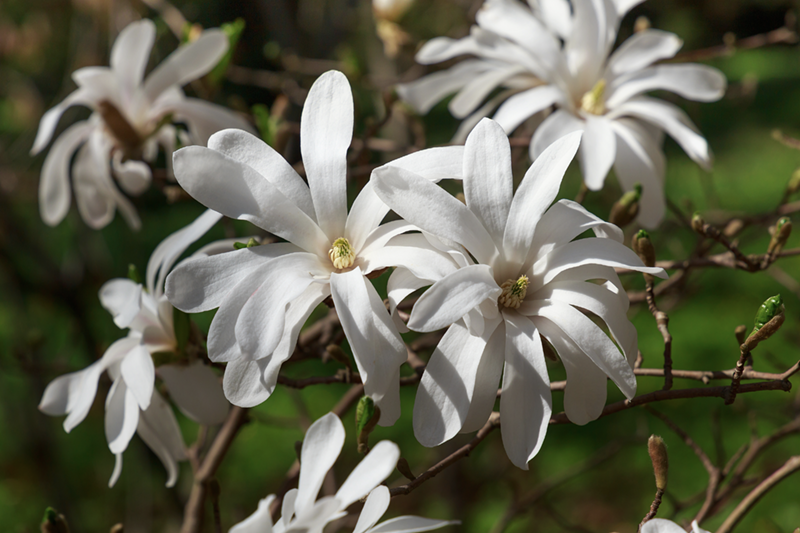
Star Magnolia (Magnolia stellata) is one of the smallest magnolias, producing a brilliant display of white flowers in early spring. Originally from the highlands of the Japanese island of Honshu, the star magnolia is a slow growing deciduous plant which can be grown as a large shrub or pruned up as a small multi-stemmed tree. It eventually reaches a height of 15-20 feet with a rounded crown spreading to 10-15 feet when mature. The fuzzy buds open in late winter before the foliage appears to produce clusters of lightly fragrant, three-to-four-inch white flowers. The plant creates a spectacular show when covered in blossoms, with flowers from the top of the plant to the lowest branches. The star magnolia blooms a few weeks before the saucer magnolia.

Tulip or Saucer Magnolia (Magnolia x soulangiana) – A harbinger of spring in the Greater Houston and Harris County areas, this tree springs into purple tulip shaped blossoms in early spring. Saucer magnolia is a hybrid cross between M. denudata and M. liliflora that is grown as a deciduous tree or large shrub. It prefers consistent and regular moisture in well-drained acidic, organically-enriched soils in full sun to partial shade. This plant makes a great specimen tree in the front or backyard.
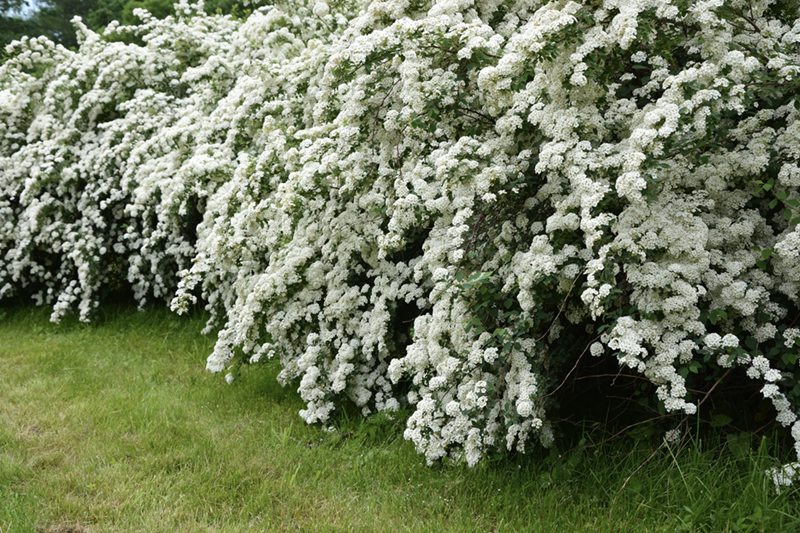
Spirea – Long-lived Spiraea prunifolia loves a sunny corner of a house and is one of the first mass bloomers of spring. This photograph was shared by Becky Lowicki, Harris County master gardener in a 2019 Urban Dirt newsletter.
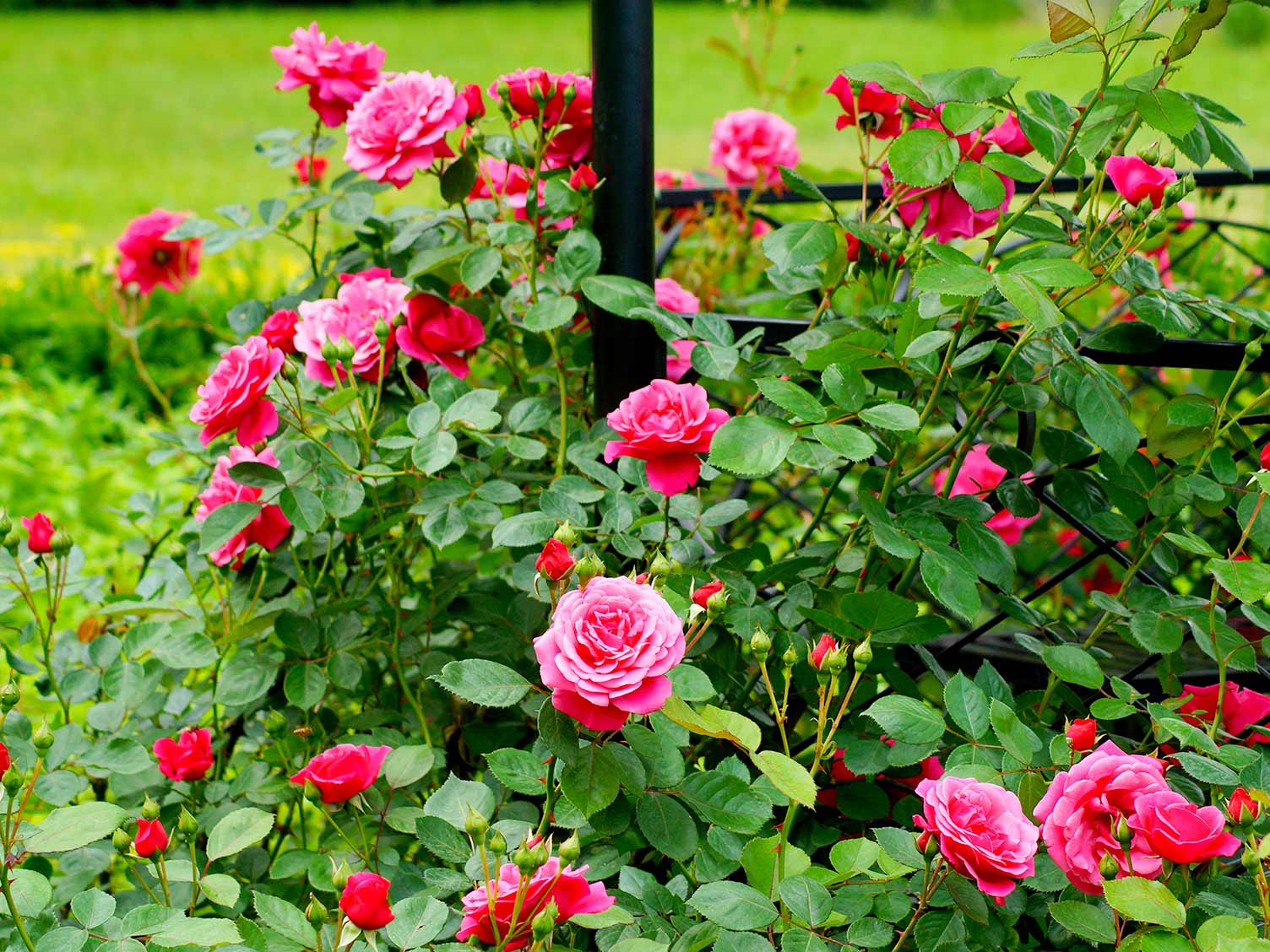
Rose – Becky Lowicki also shared a photograph of the perennial rose 'Peggy Martin', also known as Katrina Rose, which survived below freezing temperatures in February 2021, then produced beautiful prolific blooms in spring.
SUMMER AND FALL COLOR

Sage - Leucophyllum frutescens has purple flowers on silvery green leaves which typically bloom after or just before a rain. Texas sage grows best in full sun in very well drained alkaline soil. It tolerates extreme heat and poor soil, but not acidic conditions. ‘Silverado’ Texas Sage is full and dense to the base. It blooms in cycles during the summer and fall seasons. Once this plant is established, it is a very drought-resistant Xeriscape plant.
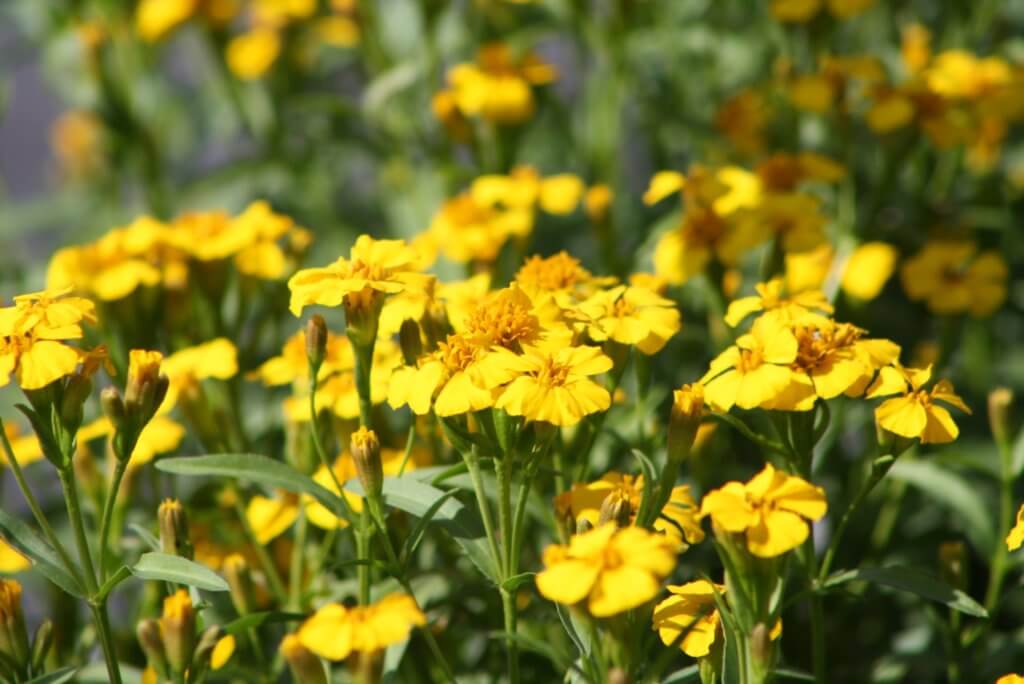
Mexican Mint Marigold – Tagetes lucida, is a perennial herb which blooms from late summer to early fall in full sun or partial shade. Suited to zones 7 to 10, its yellow blooms attract butterflies and bees. It tolerates drought and heat and does well in sandy, well drained soil. The leaves have a fragrance similar to anise or licorice. As a kitchen herb, it has a scent of tarragon and a licorice-anise flavor.
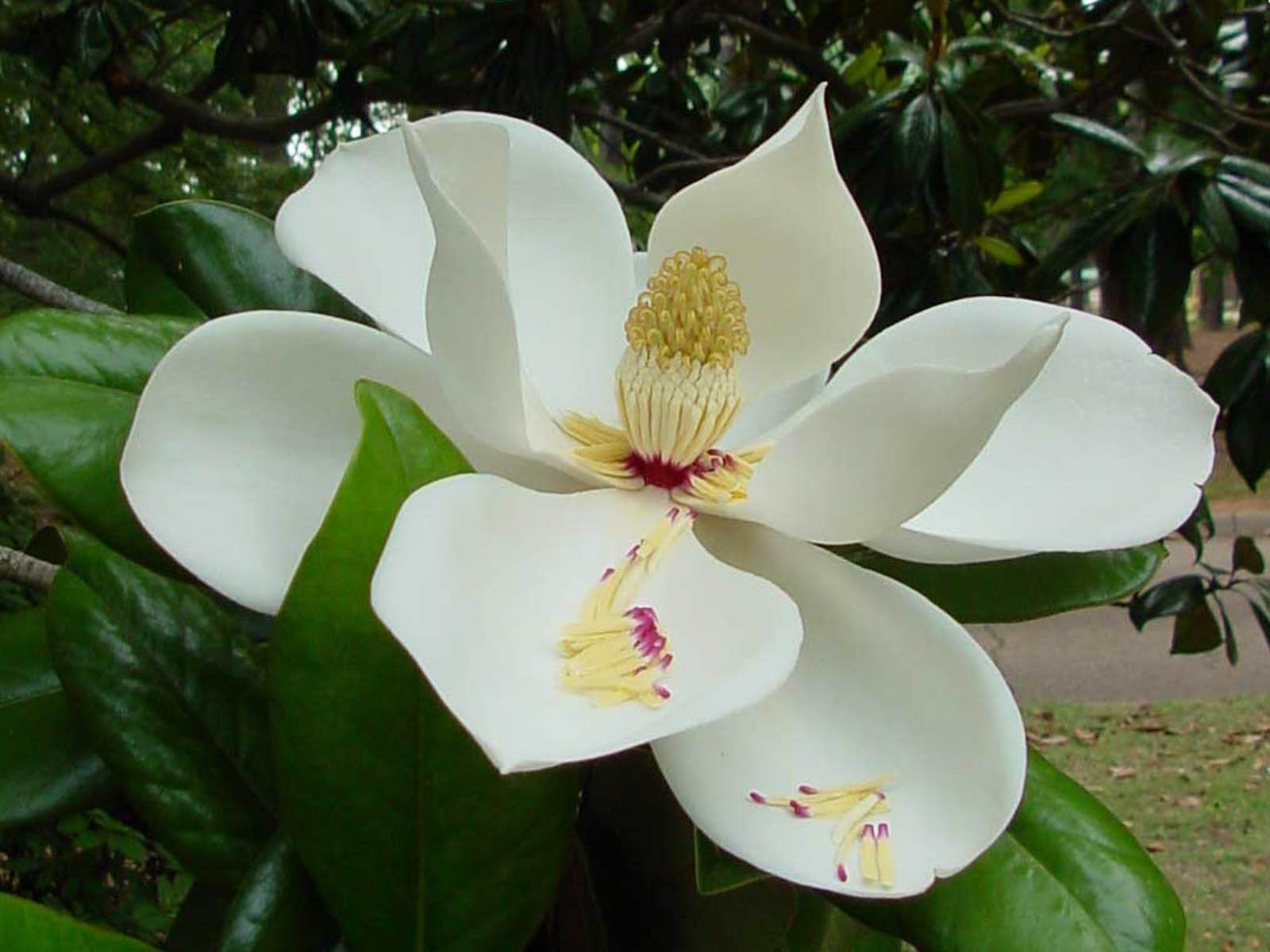
Southern Magnolia – Magnolia grandiflora, an evergreen tree native to Texas and the South has large white or cream colored blooms may reach fourteen inches across and are followed by rusty brown cones studded with bright red seeds. The fragrance of the southern magnolia flowers is prized by many. For suburban yards and landscapes smaller cultivars such as 'Little Gem' can be substituted. These magnolias do best in full sun. When situated in partial shade fewer blooms are to be expected.
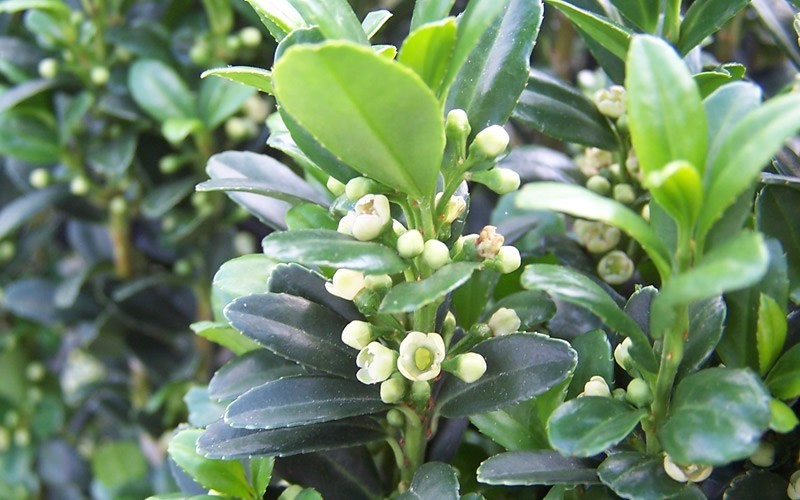
Evergreen Plants – Ilex crenata 'Compacta' Holly is an example of an evergreen shrub for greenery throughout the seasons as a border, hedge or a container plant which is hardy to -10°F. It is easy to care for, disease and pest resistant, drought tolerant and prefers clay soil. This holly is also used in formal gardens and can be trimmed as a topiary.
by Olina Raney PhD, Master Gardener
Read more in the Harris County Master Gardener's Urban Dirt - February 2023 Issue









